www.jb-electronics.de » Elektronik » Nixie-Röhren » Nixie-Sammlung » XN-1
XN-1
Die XN-1 vom vermutlich deutschen Hersteller Lorenz hat eine Ziffernhöhe von 13mm und ist eine dennoch sehr seltene Standard-Nixie (z.B. äquivalent zur ZM1082 oder Z5700M). Hier ist die XN-1 im Größenvergleich zu sehen:
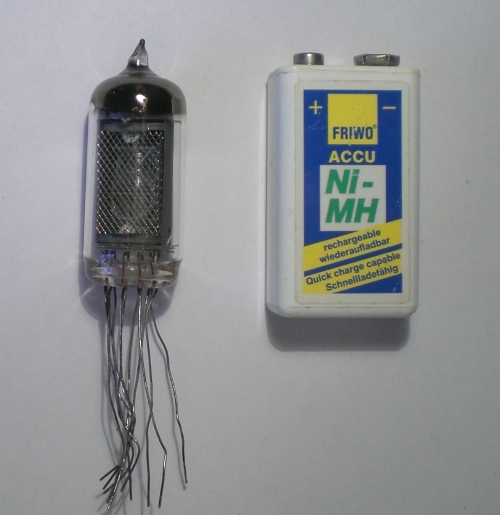
Das Auffallendste an der XN-1 ist ihre von innen angedampfte Spitze, ich kenne keine andere Nixie, bei der dies der Fall ist:
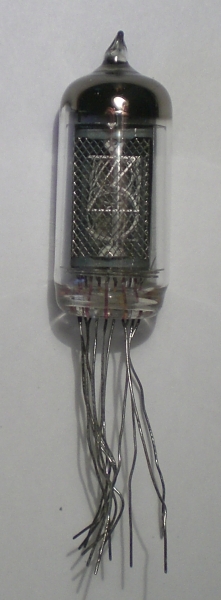
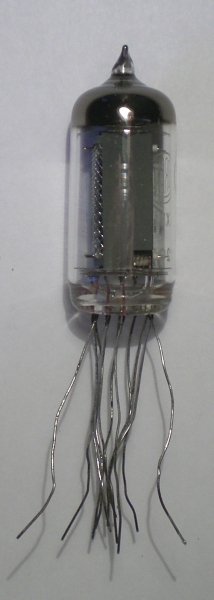
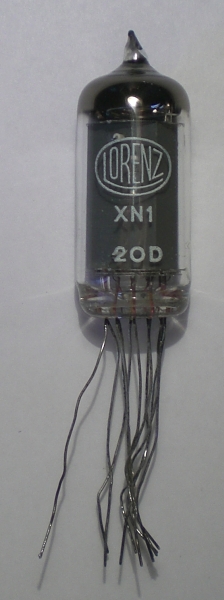
Dieser Belag ist sogenanntes Getter-Material, dass eigentlich in dieser Form nur bei Vakuumröhren verwendet wird: Bei Eindringen von Fremdgasen bindet es diese chemisch durch Adsorption und hält das Gasgemisch der Röhre somit länger rein.
Hier ist die XN-1 neben ihrer Originalverpackung und dem mitgelieferten Garantieschein zu sehen:
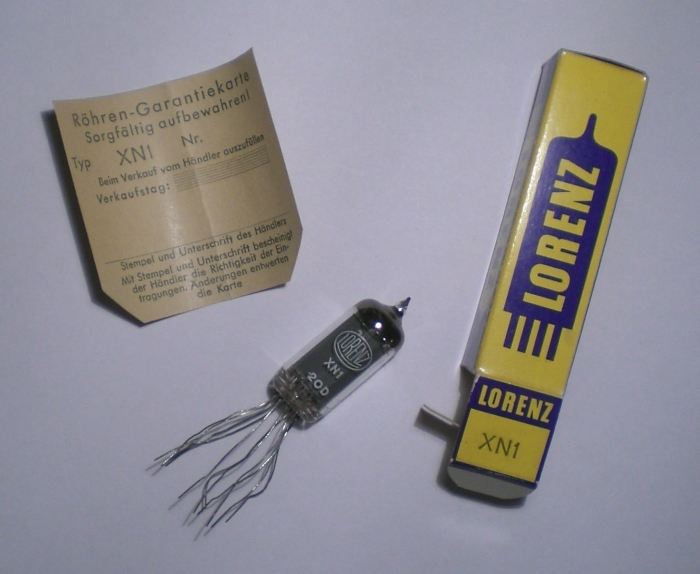
Hier ist das Leuchtbild der XN-1 zu sehen:
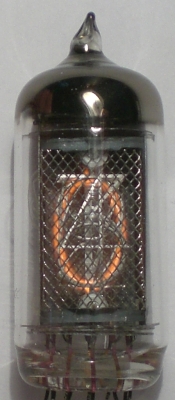
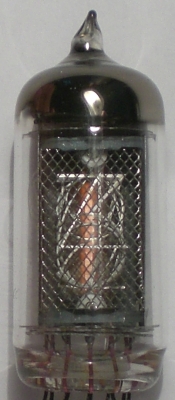
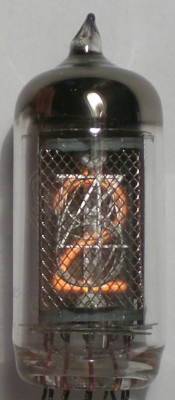
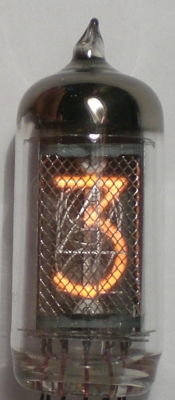
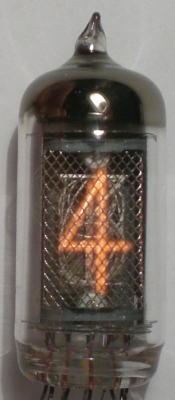
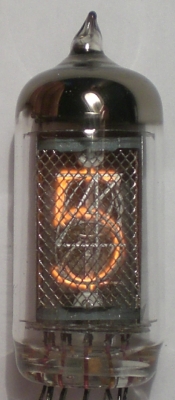
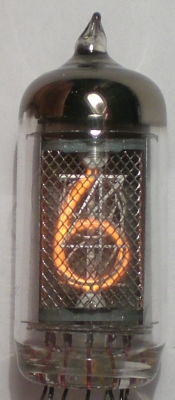
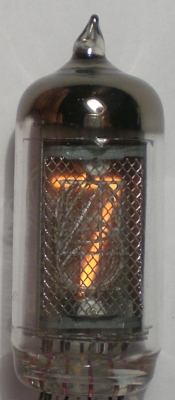
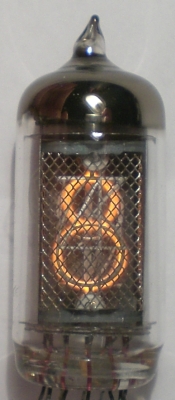
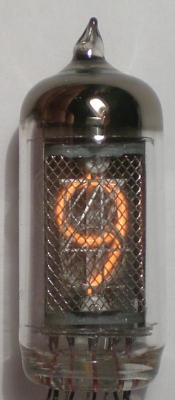
So sieht das Leuchtbild der XN-1 von der Seite aus:
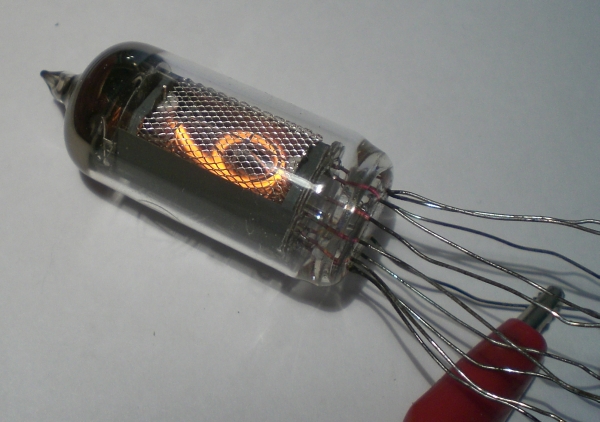
Hier ein Auszug aus dem Datenblatt der XN-1:
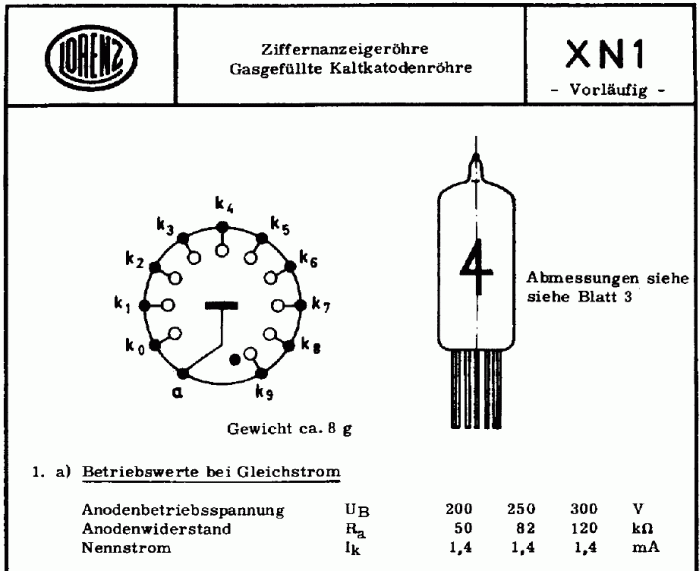
Das komplette Datenblatt gibt es hier zum Download: XN-1.pdf (43 KB).